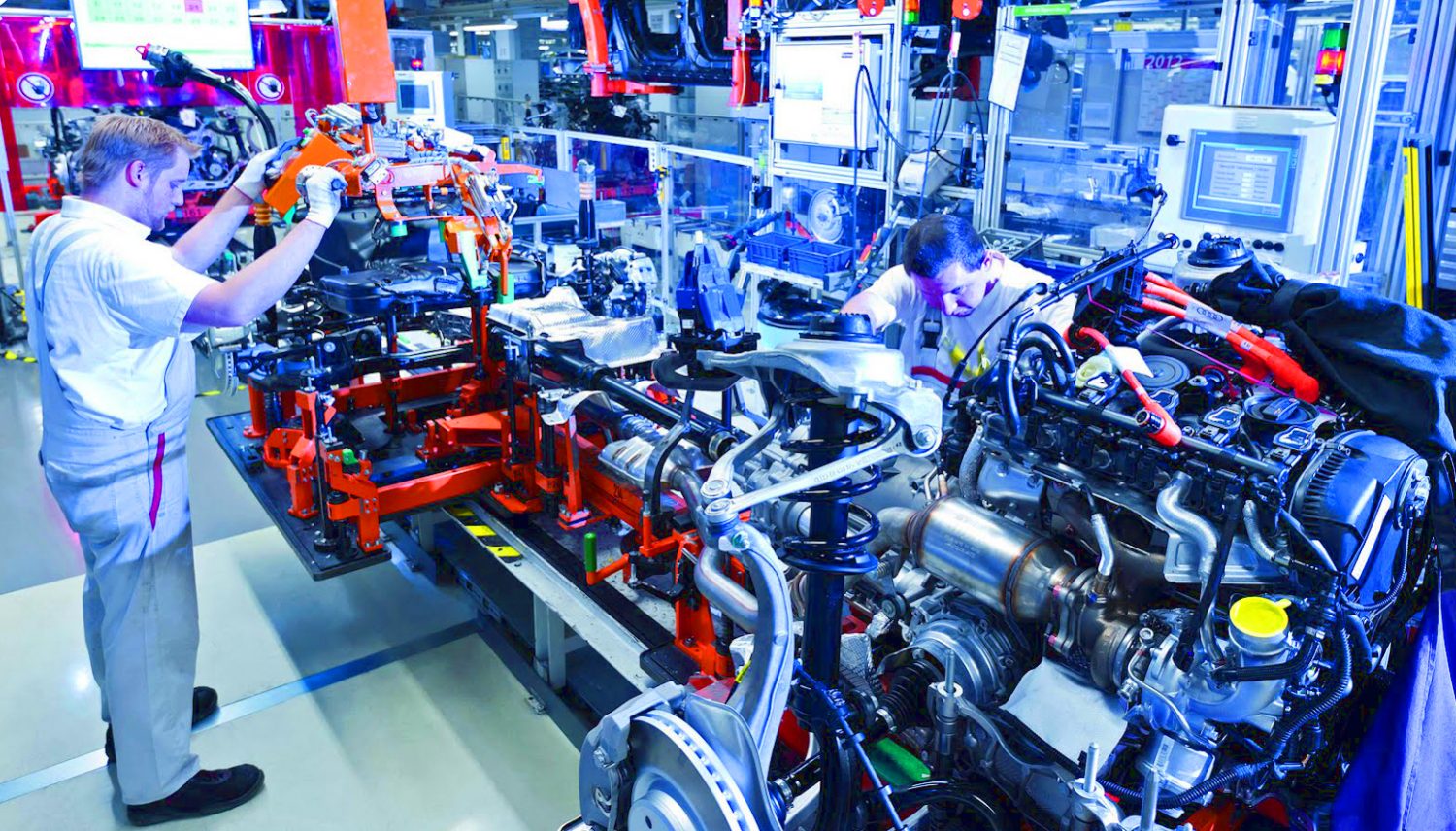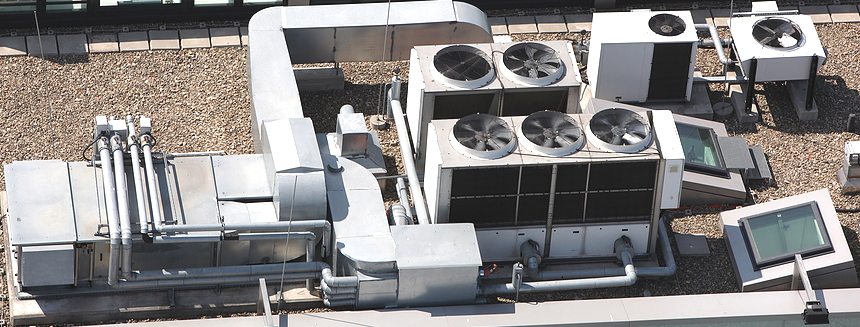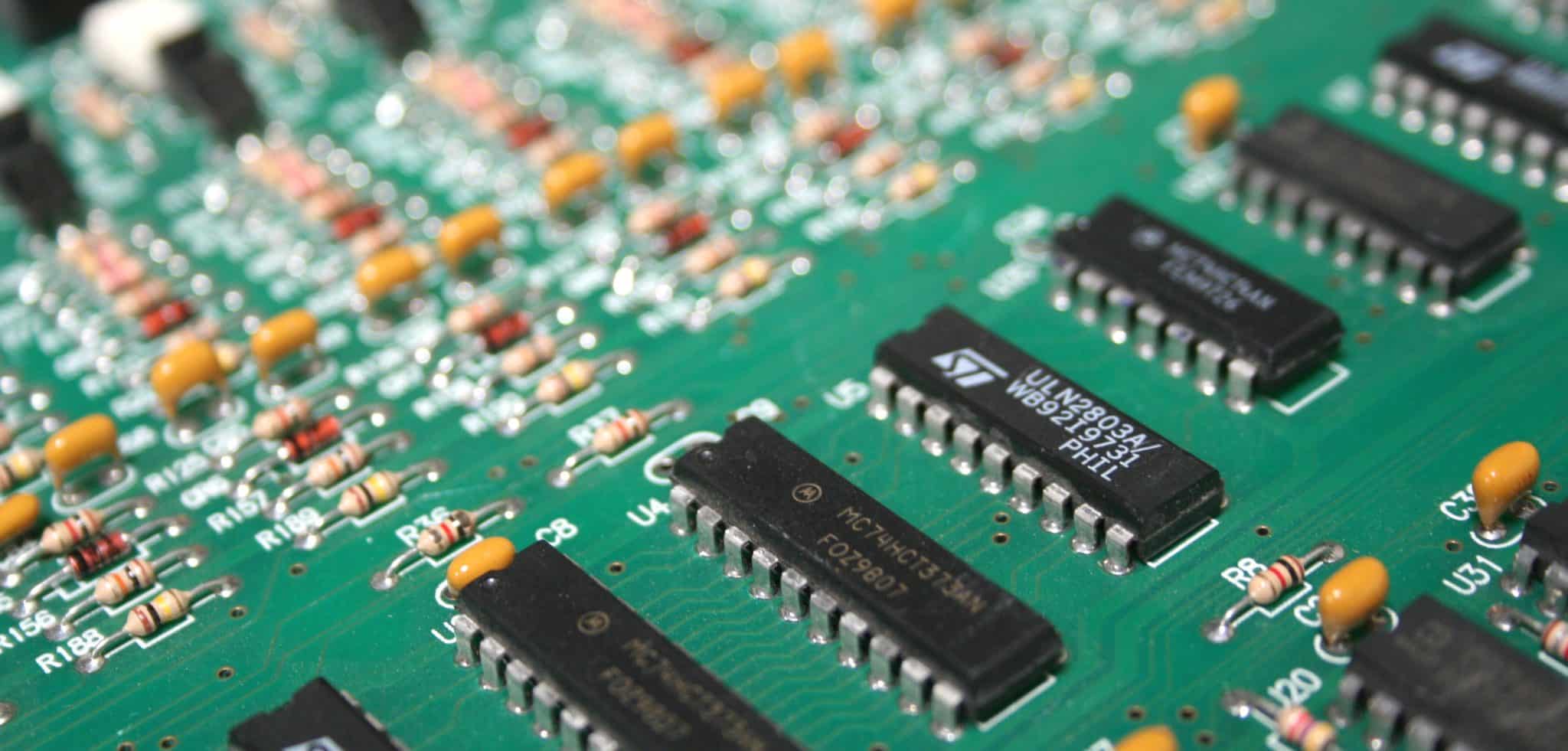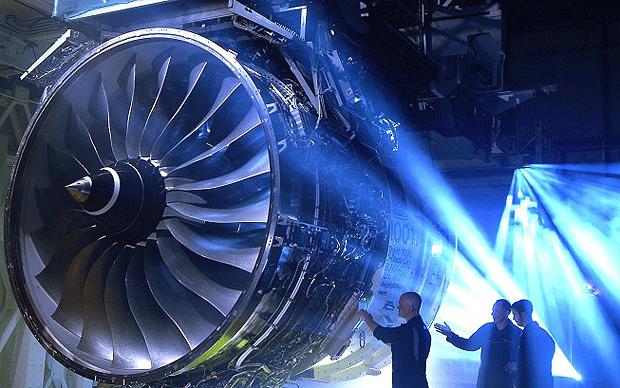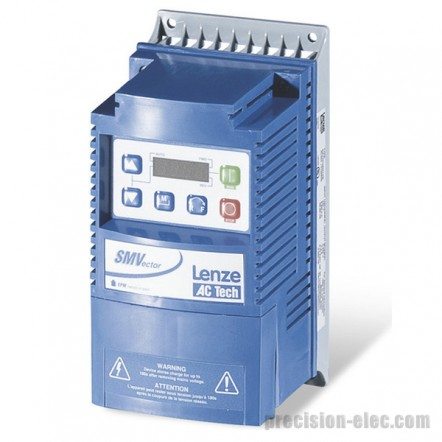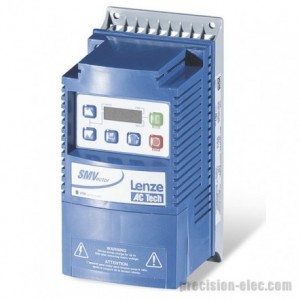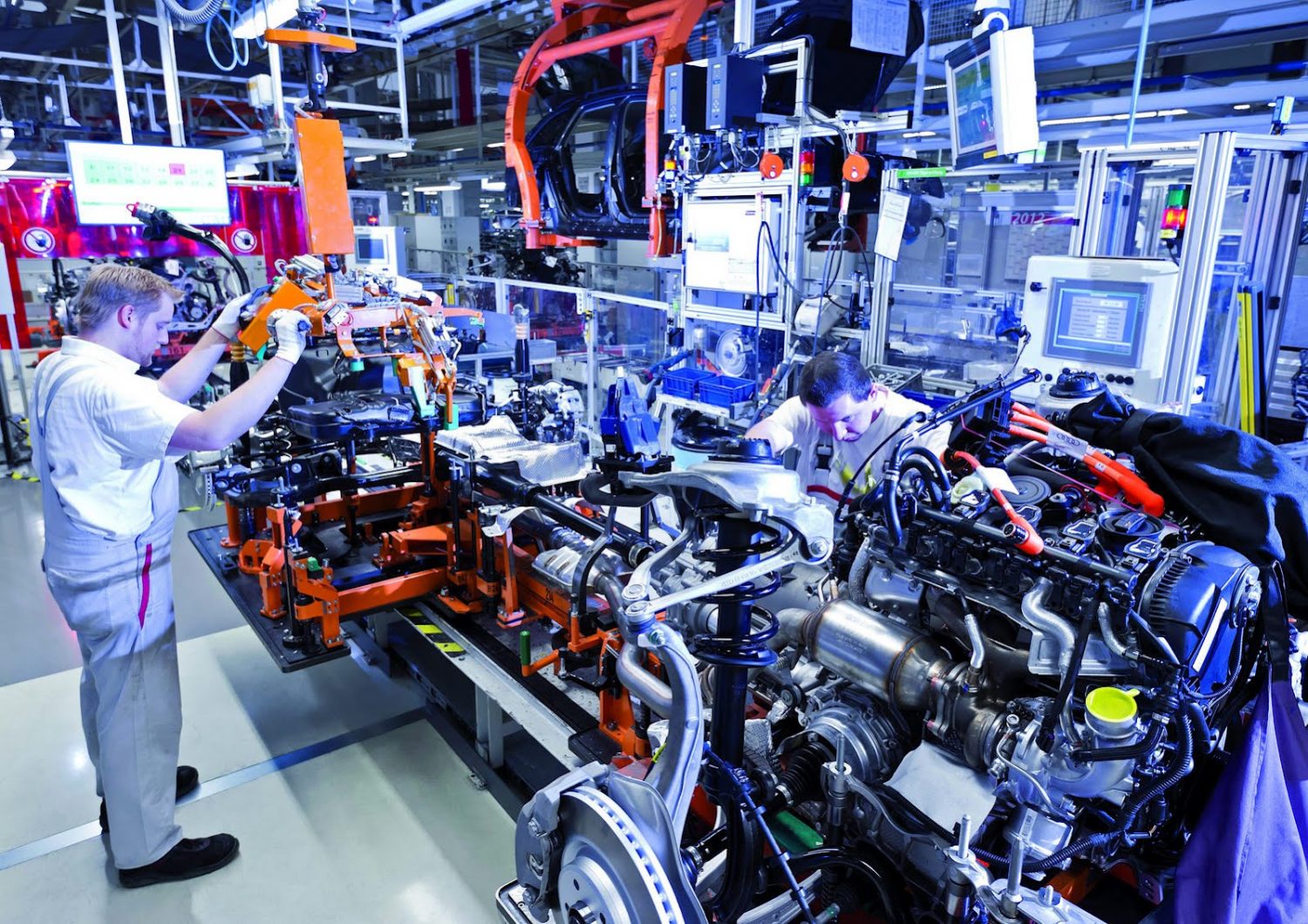How Do VFDs Work
How Do VFDs Work?A variable frequency drive is also known as a VFD, variable speed drive, adjustable speed drive, electronic motor controller, or an inverter. How do VFDs work? Every VFD is unique with its own component characteristics so how each VFD works is dependent upon components within the VFD. Most VFDs integrate a solid state electronics controller consisting of a bridge rectifier, a converter, and an inverter module.
Voltage-source inverter drives are the most common type of VFDs. These drives convert AC line input to AC inverter output.There are some applications that use common DC bus and solar applications. These type of drives are configured as DC to AC drives. The bridge rectifier converter for volts per hertz drives is configured for 3 phase AC electric motors. Volts per hertz drives usea capacitor to smooth out the converter DC output ripple and provides a solid input to the inverter.
This filtered DC voltage is converted to AC voltage output using the inverter’s active switching elements. VSI drives provide higher power factor and lower harmonic distortion (noise) than phase controlled current source inverters and load commutated inverters drives. The drive controller can also be configured as a phase converter having single-phase converter input and three-phase inverter output.Controller advances have allowed increased voltage and current ratings and switching frequency of solid-state power devices over the past 50 years. VFDs were first introduced in 1983, and the insulated gate bipolar transistor has in the past 20 years become the standard for VFDs as an inverter switching device.
In variable-torque applications using Volts per Hertz (V/Hz) drive control, AC motor specifications require that the voltage magnitude of the inverter’s output to the motor be adjusted to match the required load torque in a corresponding V/Hz relationship. For 460 VAC, 60 Hertz electric motors, this V/Hz relationship would be 460/60 = 7.67 V/Hz. While acceptable in a wide range of different applications, V/Hz control is sub-optimal in high performance applications. High performance applications requiring low speed control, demanding high torque, dynamic speed regulation, positioning, and reversing load demands, there are open loop VFDs and closed loop VFDs would be desired over V/Hz VFDs.
How Do VFDs Work In Manufacturing
Many manufacturers will apply variable frequency drivesto rotating equipment to reduce amperage spikes upon start up of large electric motors. Choosing the right VFD for an application will benefit rotating equipment by providing less wear on the electric motors where applied. Adjusting the acceleration and deceleration time of electric motors can extend the lifespan of an electric motor. Variable frequency drives provide the ability to control the frequency of starting and stopping of an AC electric motor. This ability allows an AC electric motor to only operate when needed for the equipment its rotating, and electric motors have a longer lifespan if they are only running when they need to be.
Approximately one third of the worlds electrical energy is supplied by electric motors in fixed-speed centrifugal pump, fan, and air compressor applications. These fixed-speed applications hardly ever require the full load speed (RPM) of the electric motor in which theyre operating. By installing a VFD to these applications, electric motor speeds are reduced, and power costs can be reduced by 50% or more. Technology has allowed cost and physical size reduction of variable frequency drives, and has improved performance through advances in semiconductor switching devices, simulation, control techniques, and control hardware and software.
How Do VFDs Work For Power Savings
The majority of variable frequency drives in the market today contain electronic circuitry that converts 60 Hertz Line power into direct current. The variable frequency drive converts this line power into a pulsed output voltage that duplicates varying alternating current to a desired frequency (speed). A properly applied VFD when paired with the correct electric motor will significantly reduce operating costs for manufacturers. This is particularly true for variable torque loads such as fans, blowers, and pumps. Blowers are often used with dampers to control air flow; these dampers may operate either manually or automatically. When dampers are closed, 50% of the electric motor current will drop to approximately 60% of full load nameplate current. By utilizing variable frequency drives in blower applications, the current draw of the motor will be reduced 30% for every 10% drop in speed. The same electric motor operating from an AC variable frequency drive at 50% speed, will draw approximately 20% of the full load current.
Are you still asking yourself, How Do VFDs Work? Please watch our YouTube Video,or contact us via email. For VFD repair and replacement quotes, contact Precision Electric, Inc.

